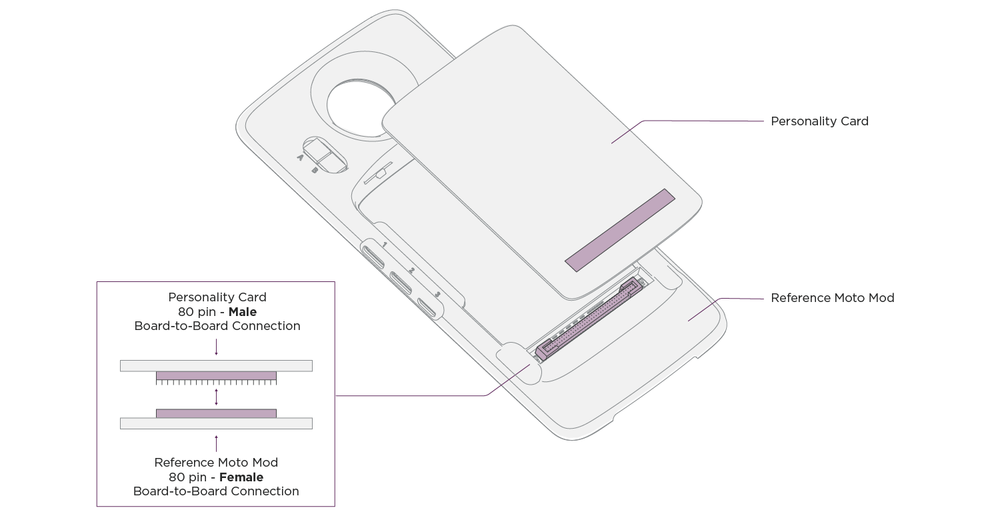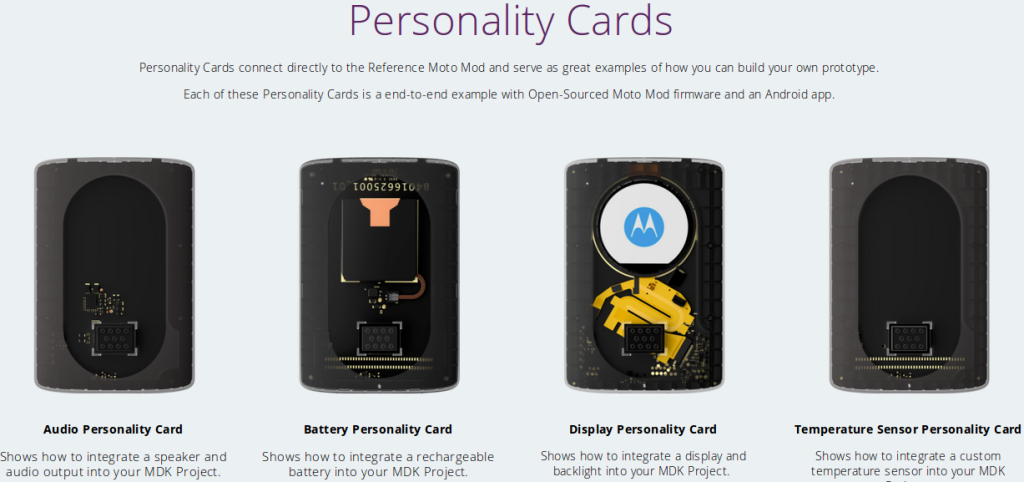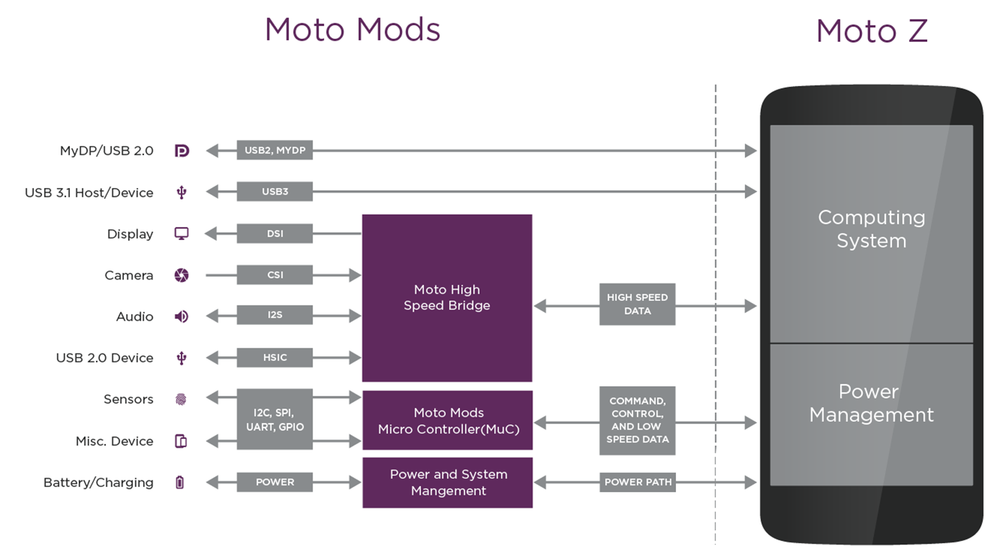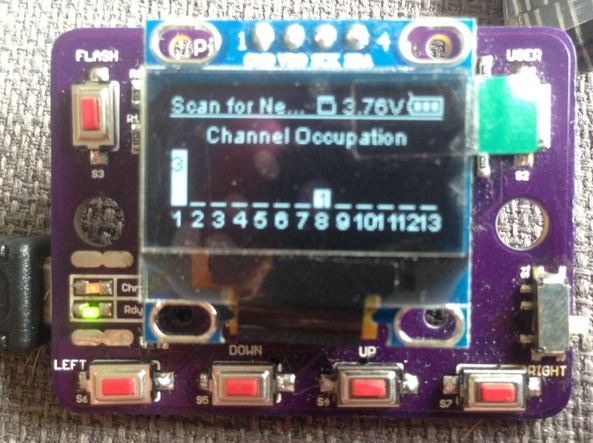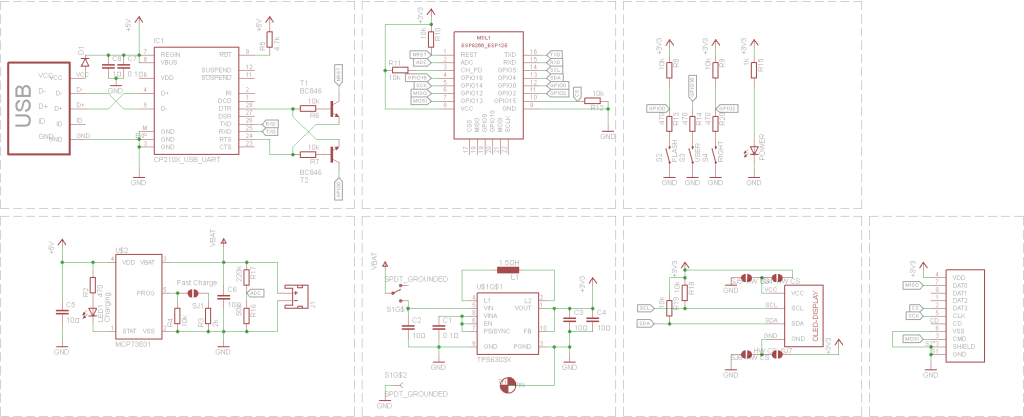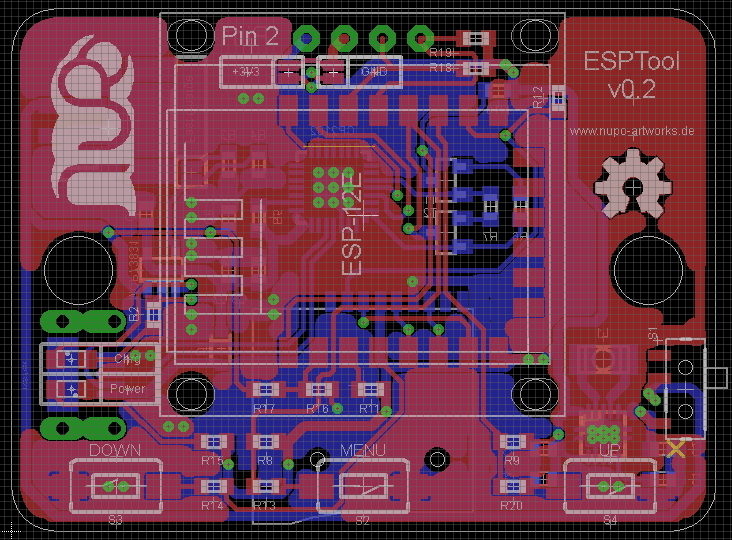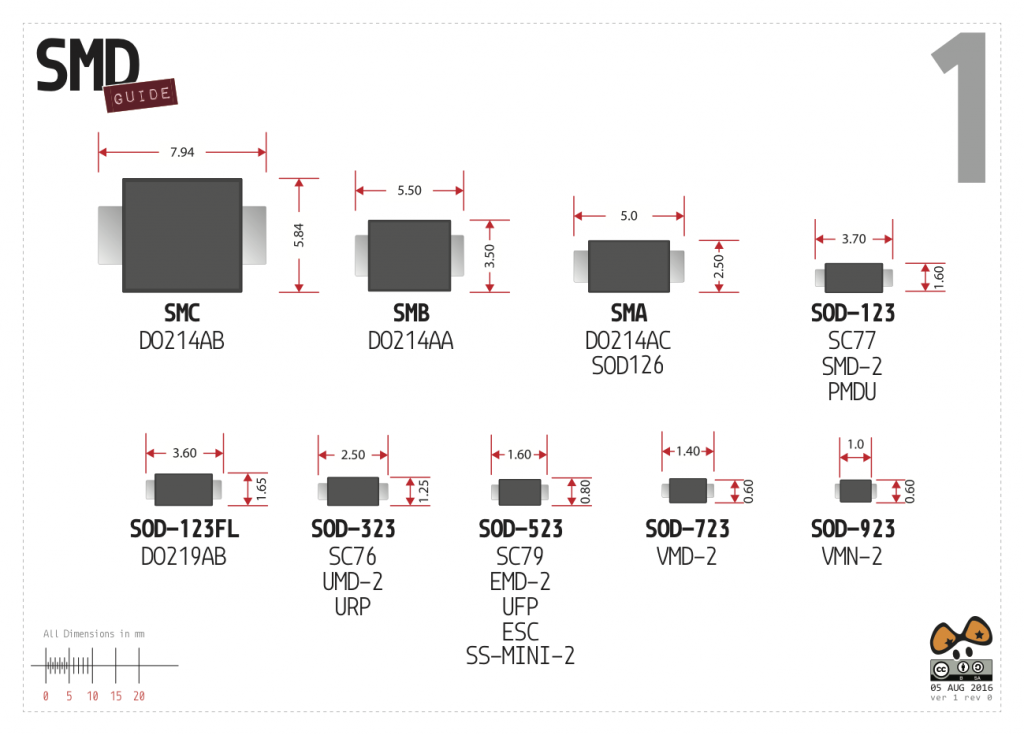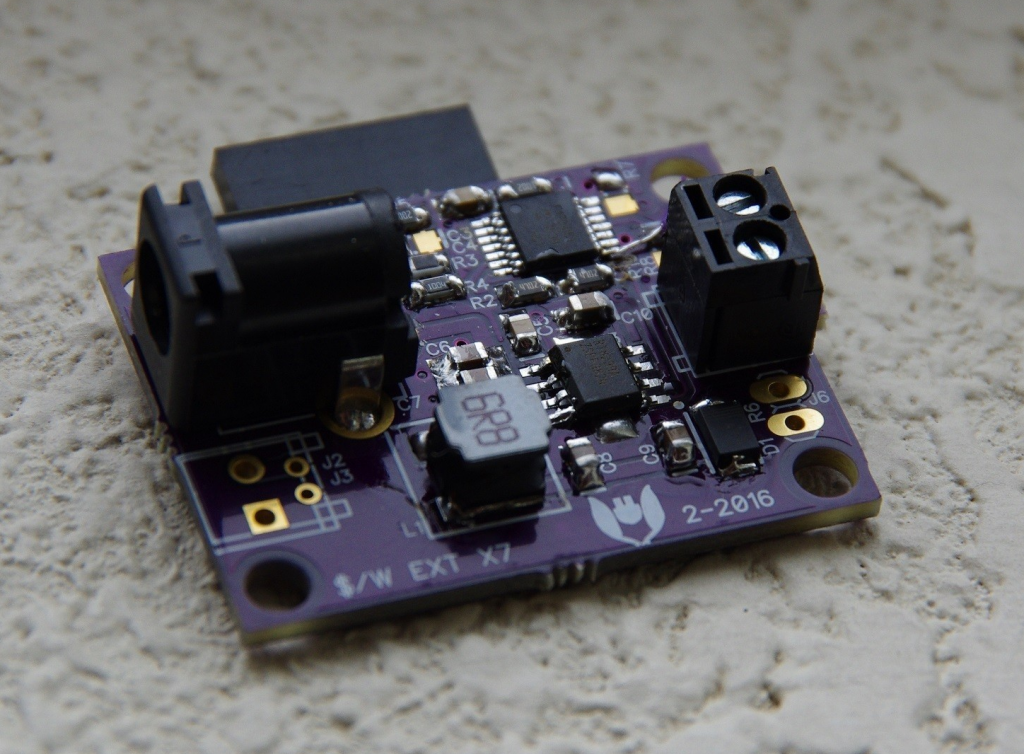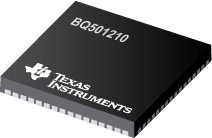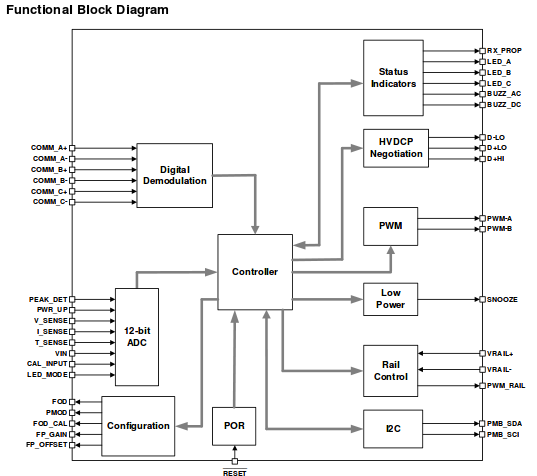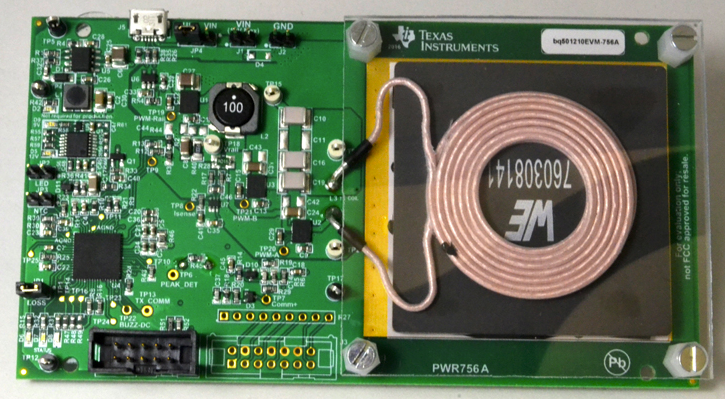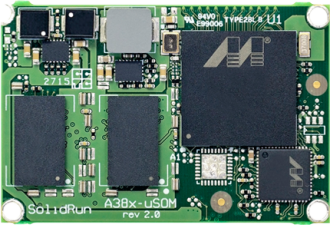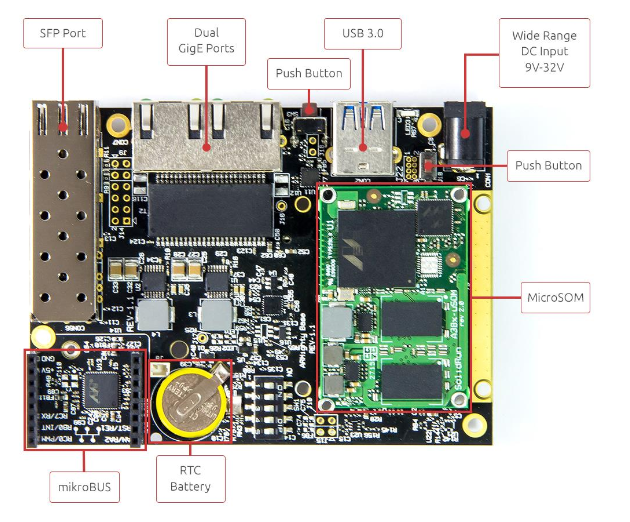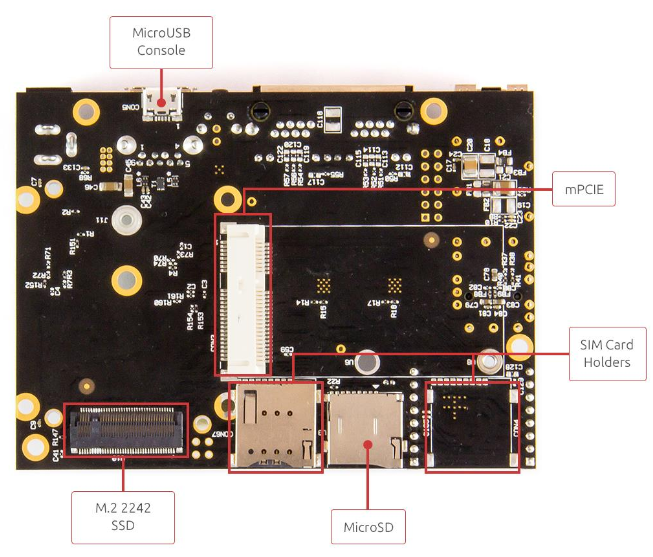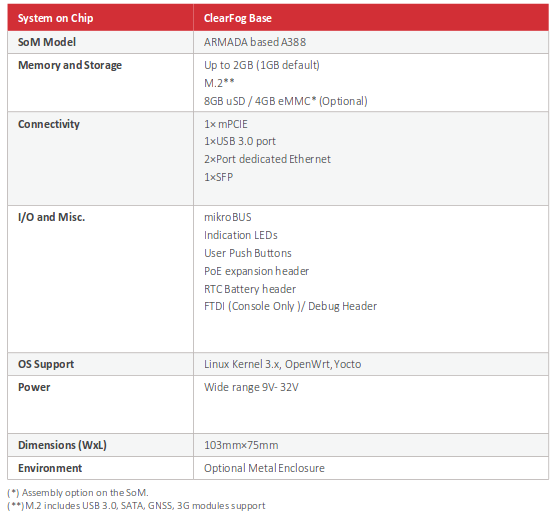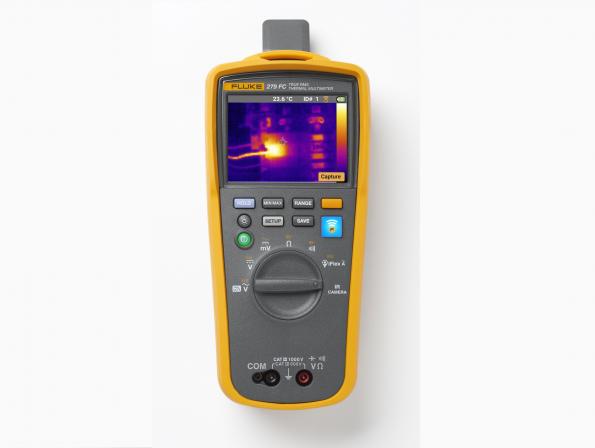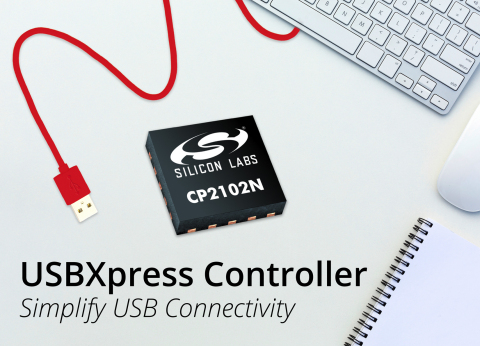Moto Z Droid and Moto Z Force Droid are the new phones from Motorola. They run Android 6.0 on a Qualcomm Snapdragon 820 SoC with a lot of other features.
Motorola brought modularity to Moto Z using the hackable “Moto Mods” backplate expansion system. Motorola’s Moto Mods attach to the back of the phone with strong magnets and are hot swappable (plug and play).
According to the ANANDTech review, “Attaching a Moto Mod produces a small vibration and audible alert confirming that it has been automatically recognized. For any Mods with internal batteries, there’s a notification that pops up showing the charge level, which also appears in the battery section within the settings app and in the notification shade. There’s a dedicated “Moto Mods” page also in settings for updating the Mod’s firmware, managing its settings, and reading its instructions.“.
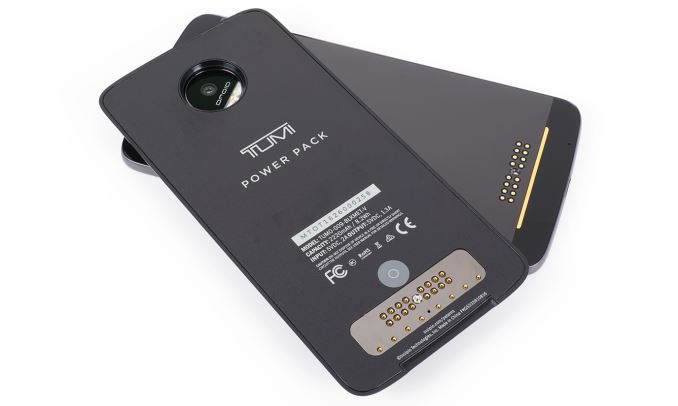
Motorola wants makers to have the ability to develop their own Moto Mods, so they collaborated with Element14, the well known distributor of technology products and solutions for electronic system design, to offer a Moto Mods Development Kit for building custom Moto Mods.
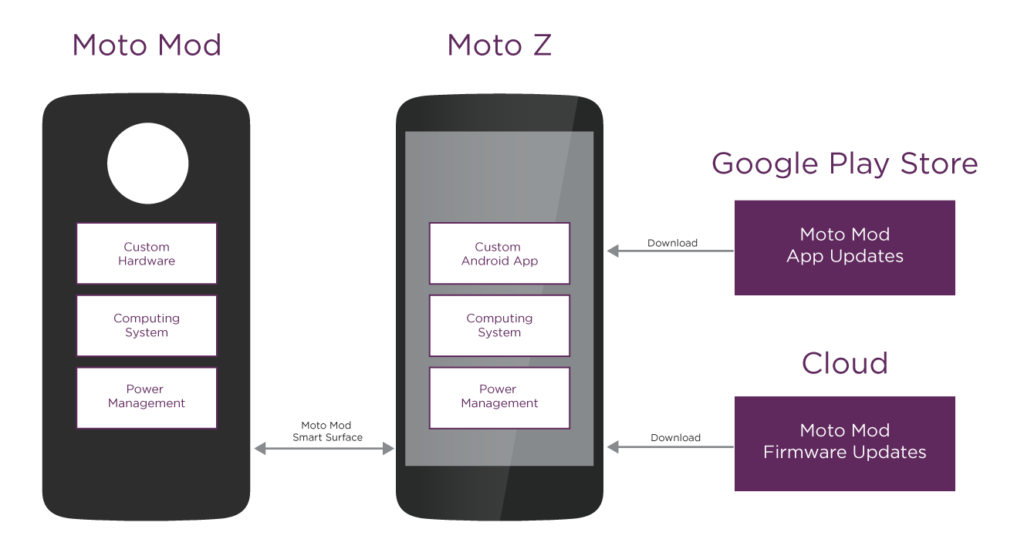
According to Element14, Moto Mods Development Kit consists of the reference Moto Mod, a perforated board for you to solder your own components to, or HAT adapter board enables you to attach a wide variety of Raspberry Pi HATs to your Moto Mods™ Development Kit and an example cover.
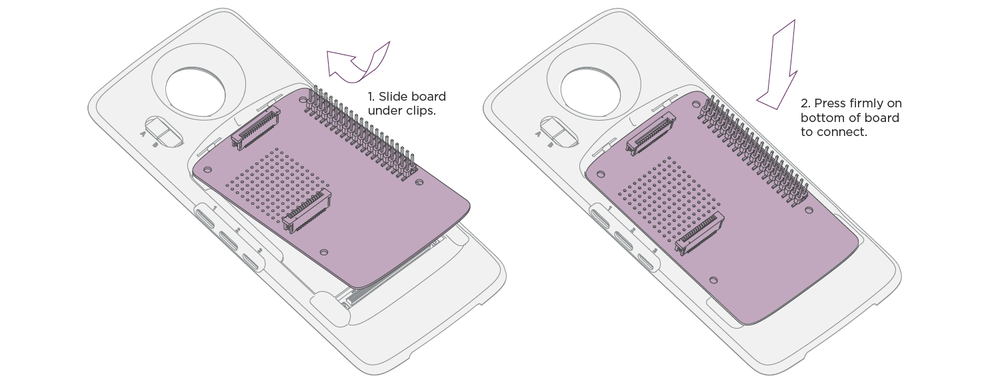
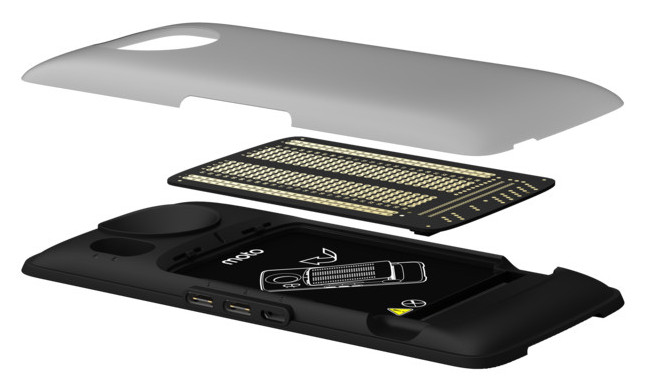
The reference Moto Mod is the core component to interface with Moto Z, processing resources, GPIO and standard peripheral interfaces, power and charging control.
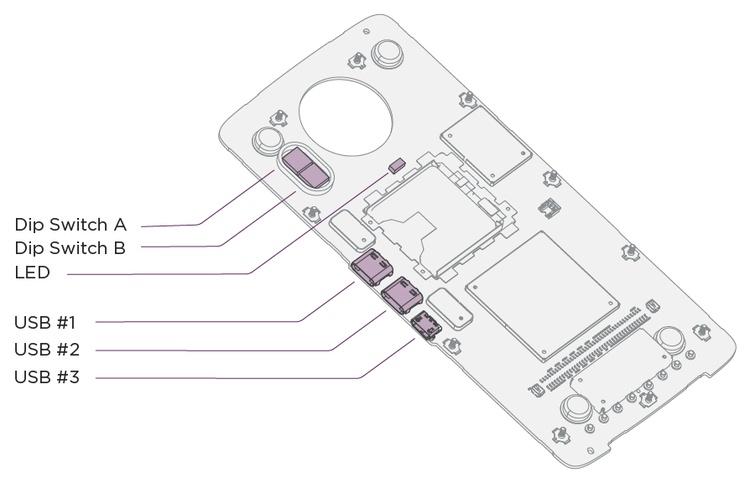
Motorola has created several personality cards that can be inserted into the reference Moto Mod through the 80-pin connector. Each of these personality cards is a full example with open-sourced Moto Mod firmware and an Android application.
Each personality card has a documentation page in the developer site of Moto Mod to reach all the resources needed from schematic to source code.
The Reference Mod Mod includes:
- Mechanical and Electrical Interface to enable connection with Moto Z.
- Moto Mod Microprocessor (MuC) with 96k ROM powered by a Cortex-M4 based STML476.
- Moto High Speed Bridge.
- 80 pin connector exposing all developer interfaces.
To develop the Moto Mod-aware applications, you can use the SDK, included in the Moto Mods development toolkit, with the requisite APIs for developing.
More technical information on Moto Mods and the MDK may be found at:
About the availability, Element14 said “Global availability for these products is due to follow in autumn 2016″.
Via: hackerboards



